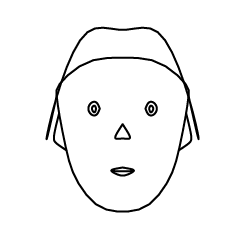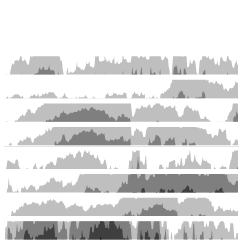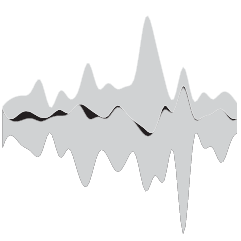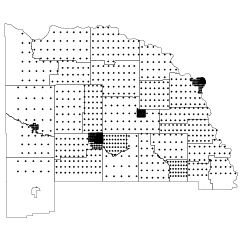The New York Times, in collaboration with the New York University Movement Lab, explains music conducting in this beautifully produced video. It’s part interview with Alan Gilbert, music director of the New York Philharmonic, and part rendering of motion capture data, which represents Gilbert’s conducting.
To capture the data, the Movement Lab installed high-speed motion capture cameras, and Gilbert put on one of those funny-looking suits with the sensor balls on them. He conducted, and they recorded his body and his hands.
Fantasia will probably come to mind as you watch, specifically towards the end when only conducting trails and sensor spots are left to dance on the screen.

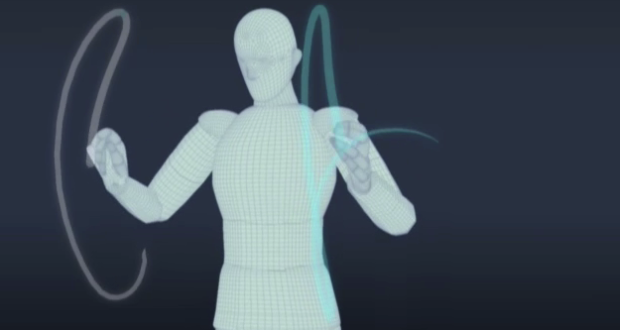
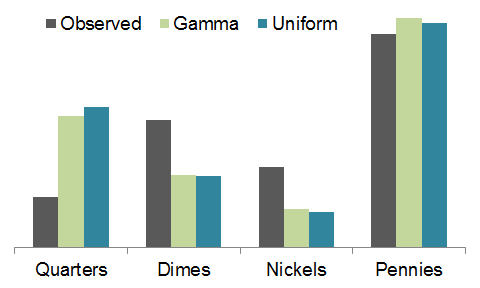
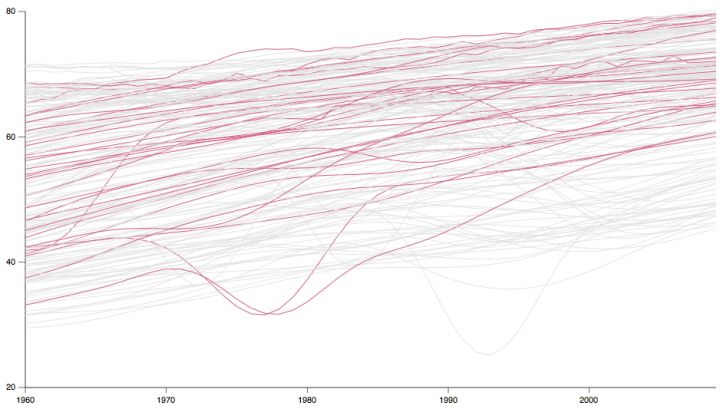


 Visualize This: The FlowingData Guide to Design, Visualization, and Statistics (2nd Edition)
Visualize This: The FlowingData Guide to Design, Visualization, and Statistics (2nd Edition)


